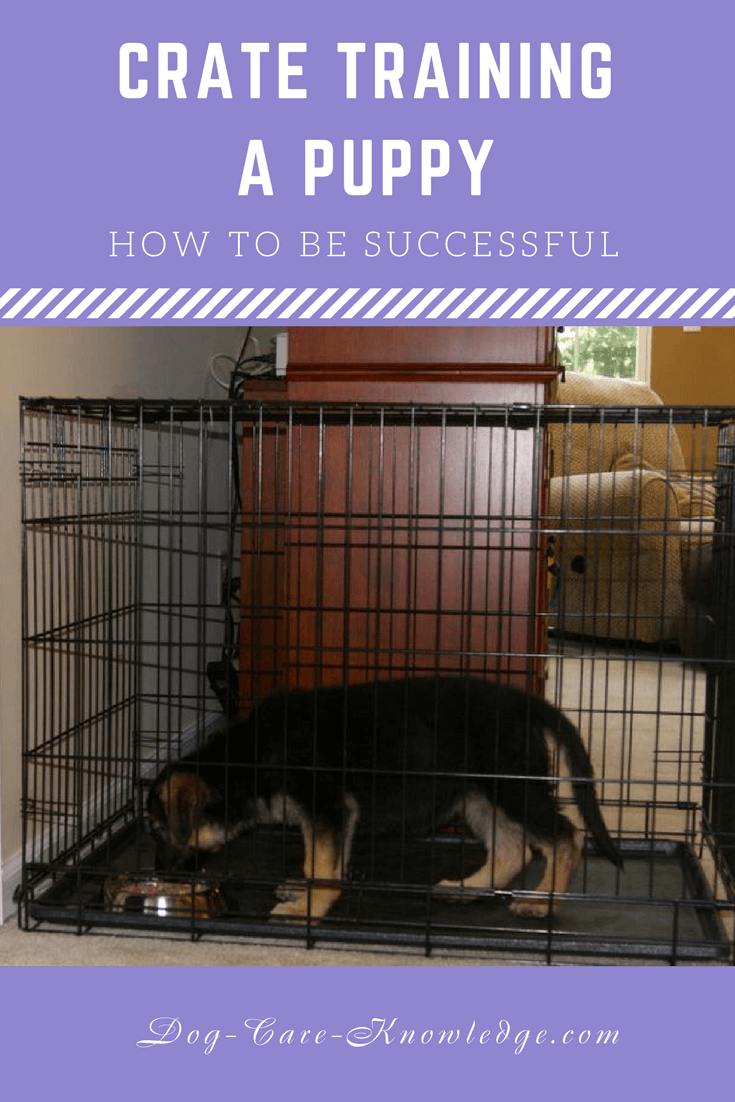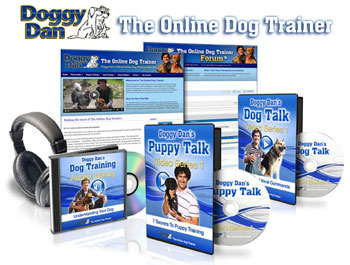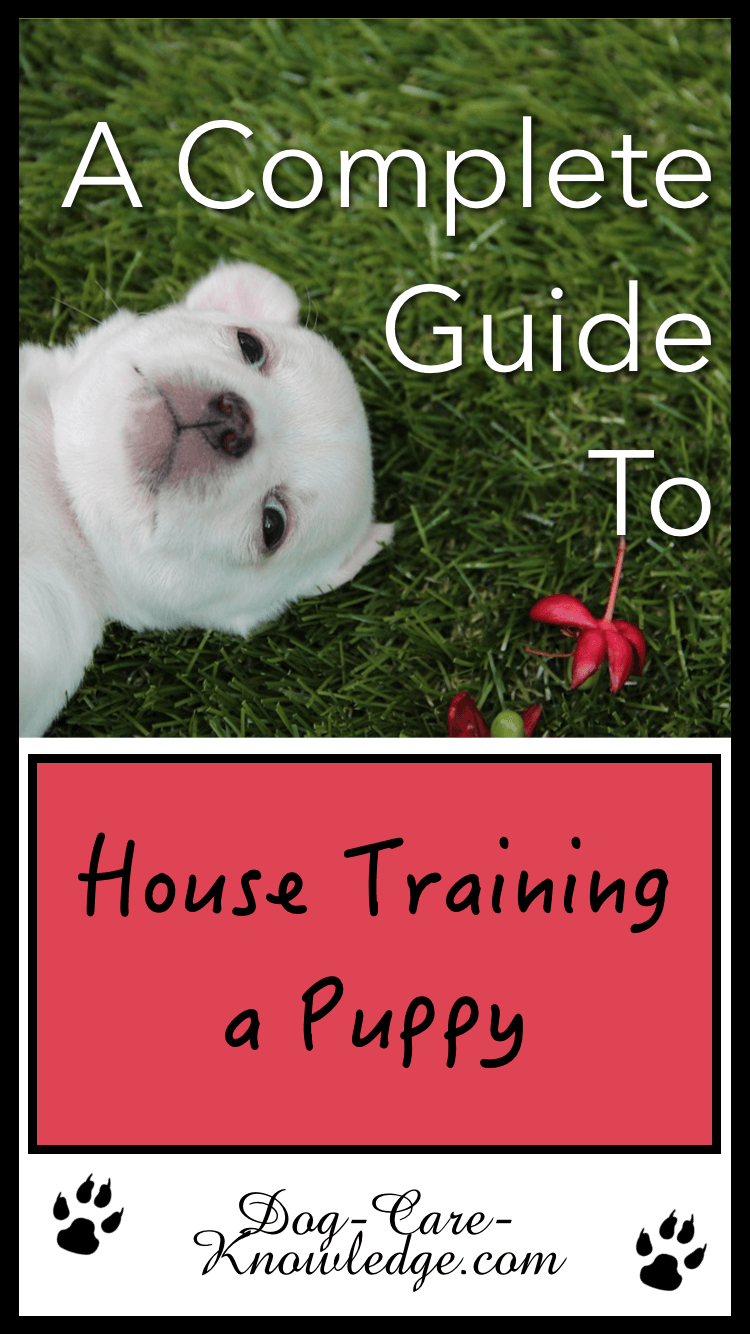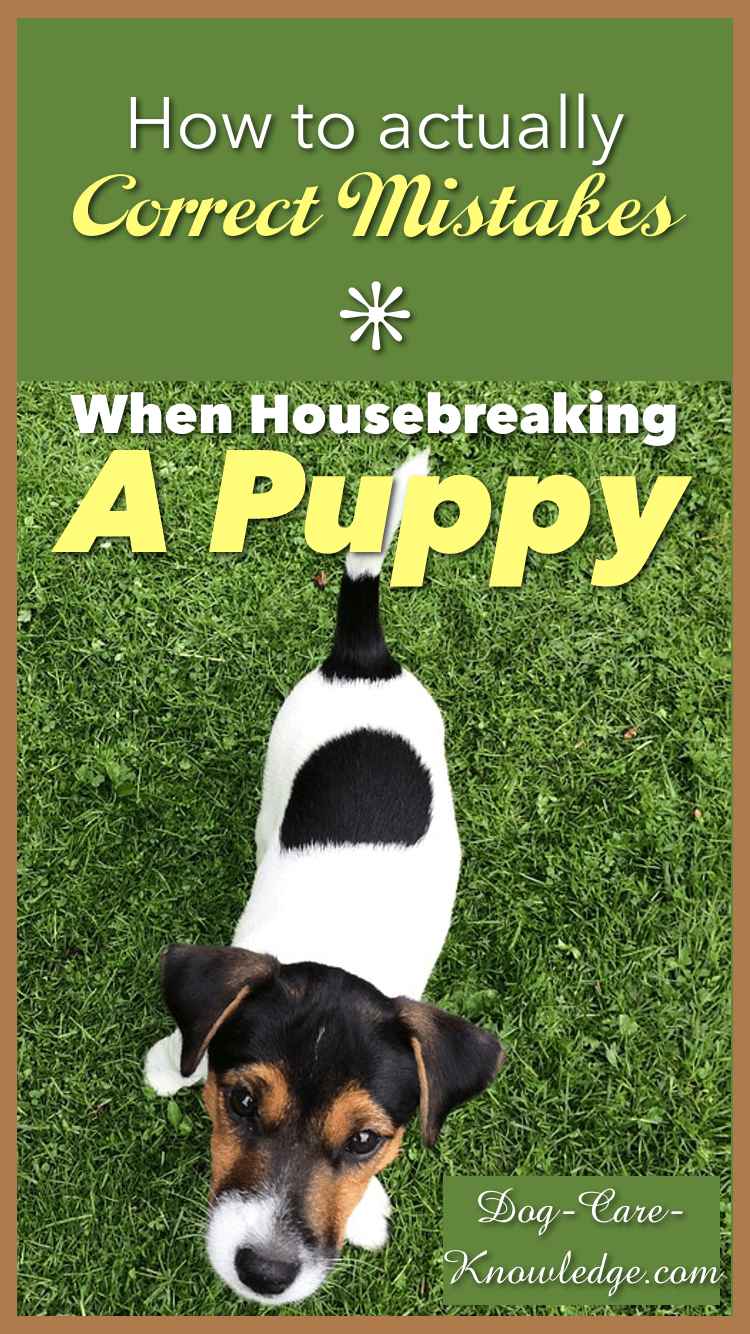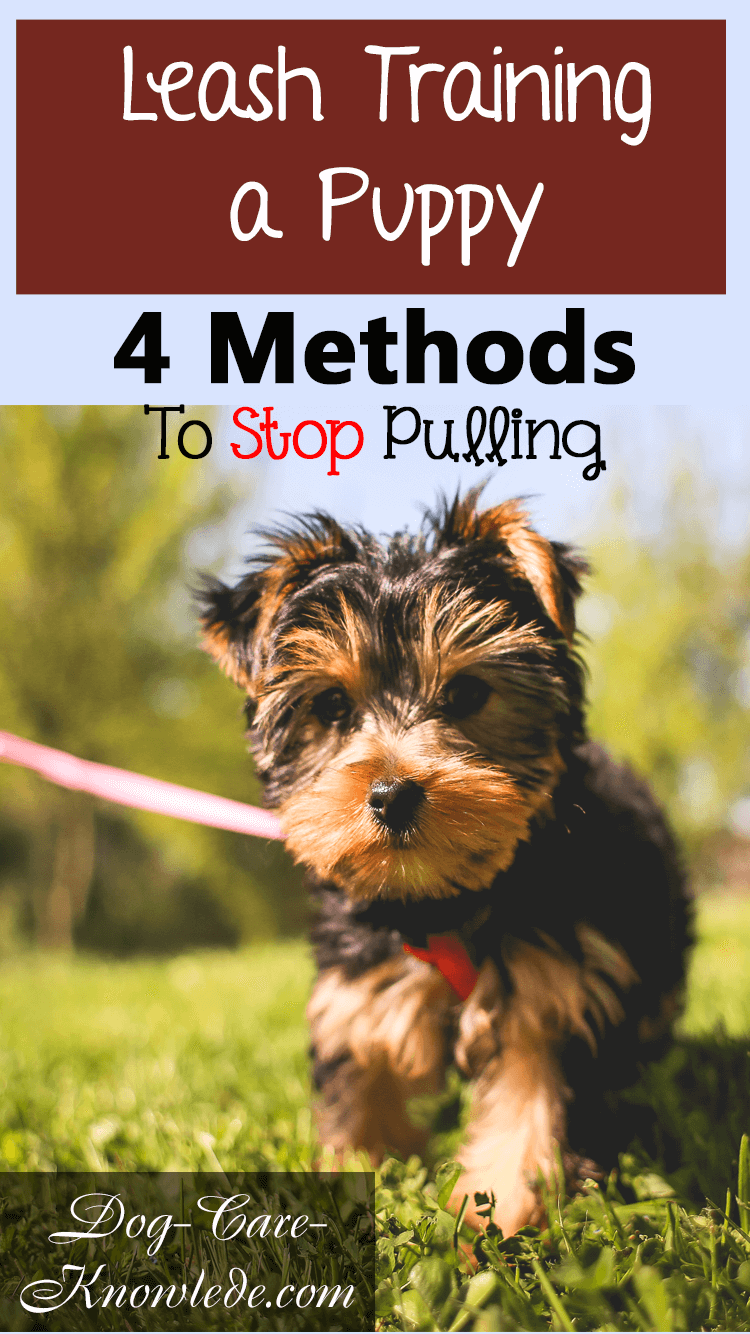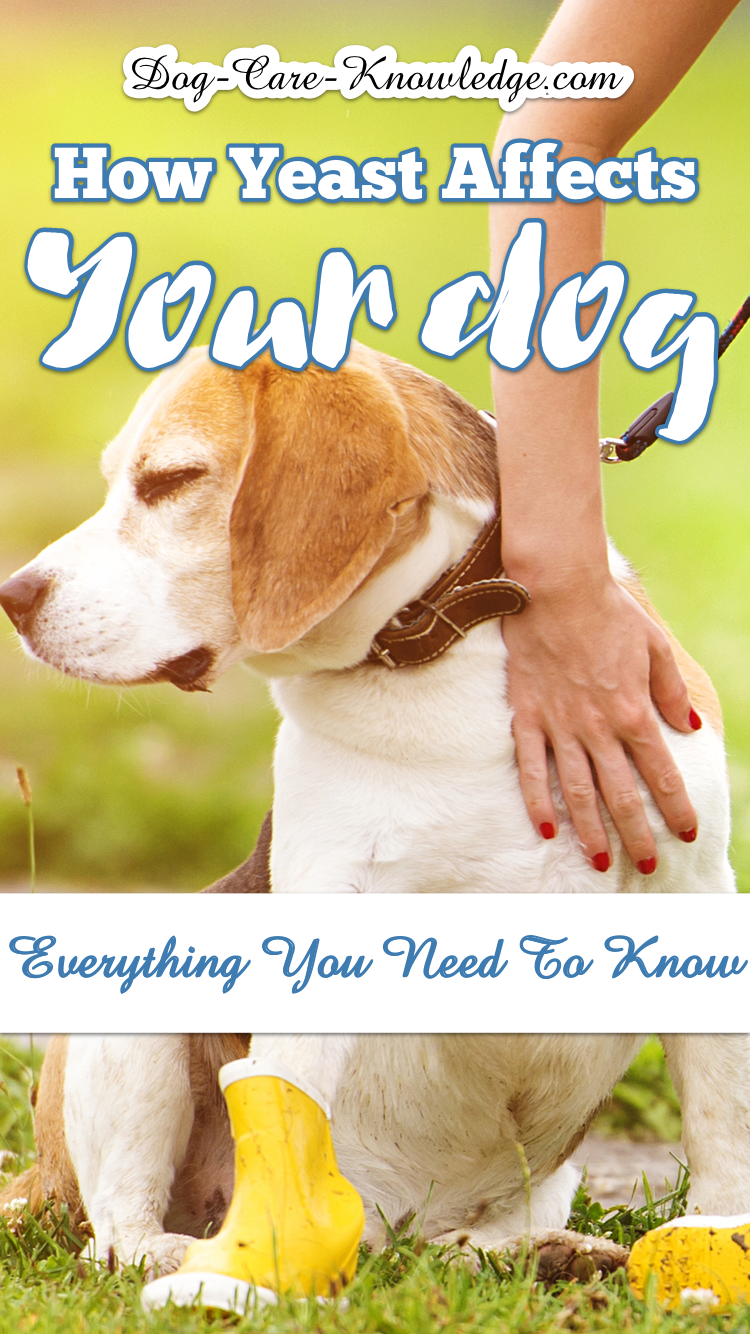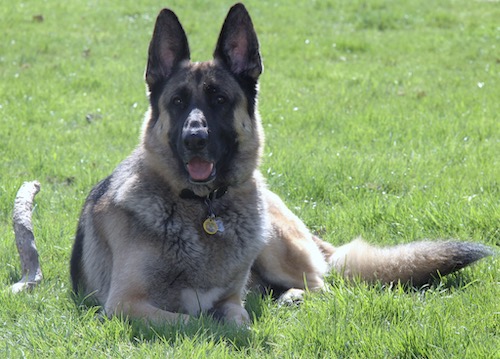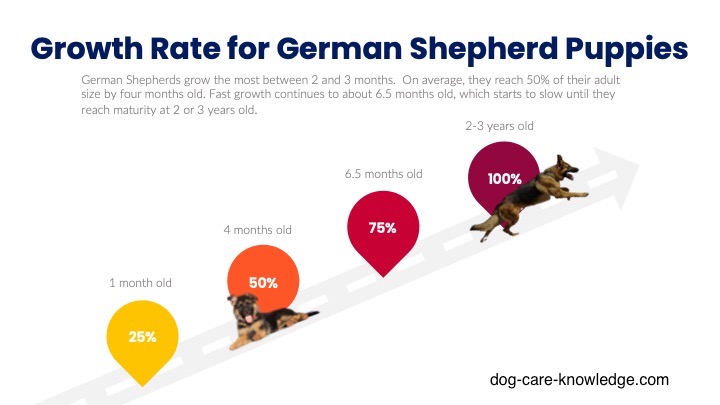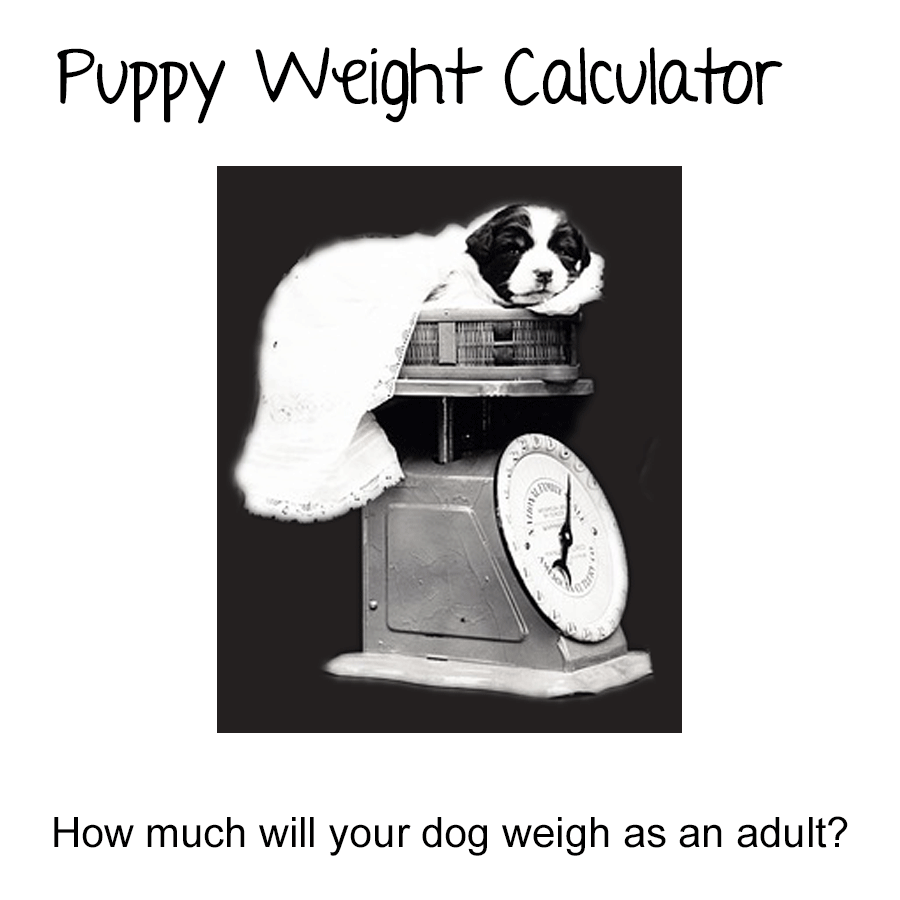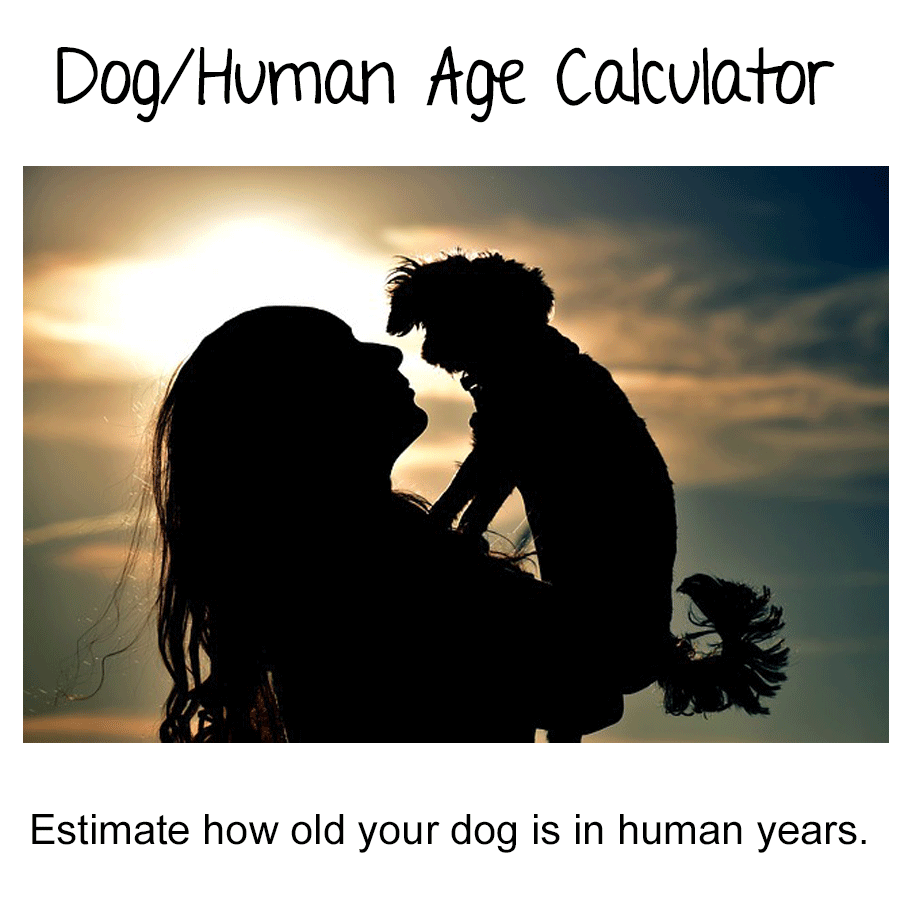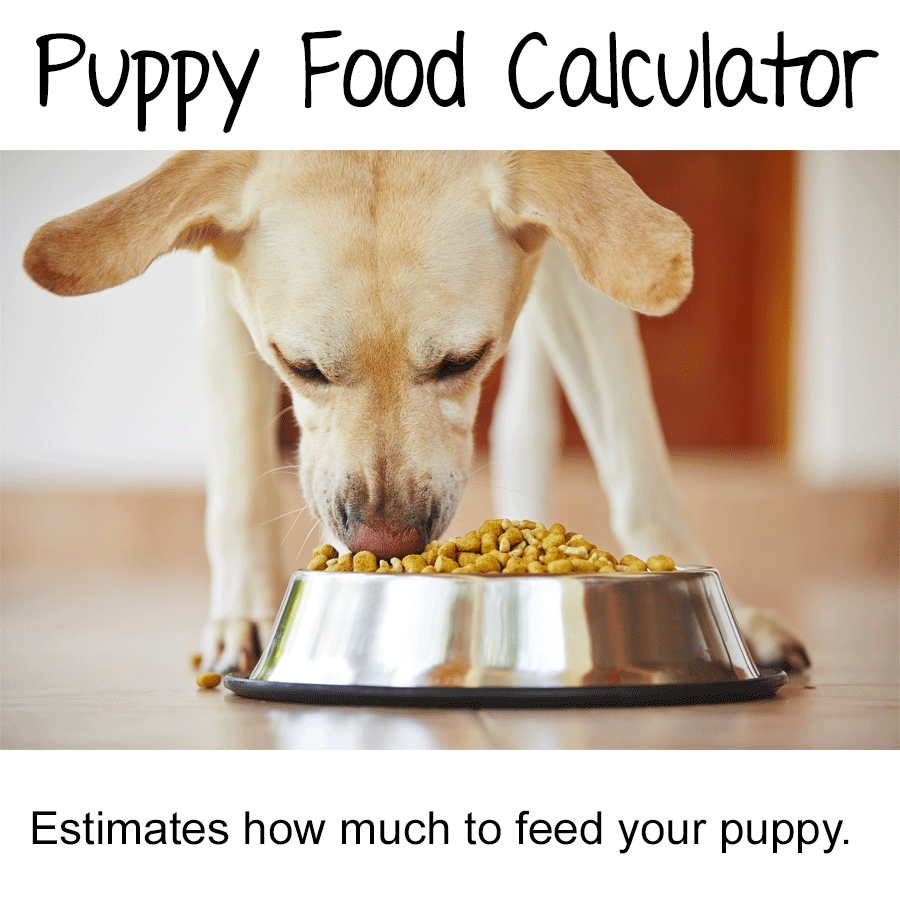- Home
- Puppy Training
- Crate Training a Puppy
Crate Training a Puppy
Crate training a puppy not only helps immensely with house-breaking your pup, it also provides a safe environment for them to feel secure. I used to look at dog crates as a sort of punishment until I actually got one and went through the crate training process....properly.
Now my dog loves her crate and even though she is long past needing to be shut in one when I'm out, I can't take it down as she loves to go in there and rest (or hide when it's time for her bath).
Benefits of Crate Training Puppies
- Helps with potty training your puppy.
- Stops puppies (and dogs) from chewing up belongings and household items.
- Prevents chewing habits from developing.
- Prevents separation anxiety from developing.
- Makes traveling with your pup/dog easier.
- Reduces stress in puppies and dogs for vets and groomer visits.
- Keeps your pup safe if you can't be there to supervise.
- Helps with temporary confinement due to health or medical issues.
- Provides a safe place for your pup/dog to go if they get scared, stressed, or tired.
If you're a bit skeptical about using a crate then don't be. Used correctly, it's not cruel or a punishment but instead is based on a dog's instincts to seek out den-like environments. Have you ever seen a dog try to get into the smallest space possible? Under a desk or coffee table, behind the sofa, under the bed, etc.? They do this to make a "den" as it helps them to feel safe and secure.
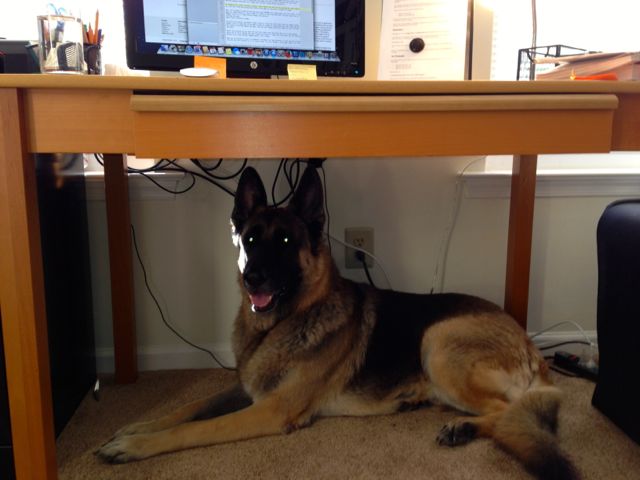
When you practice puppy crate training, you are allowing your pup to develop his natural instinct to den. Even if you are home all day, you should get your pup used to you leaving the house on a daily basis to prevent separation anxiety from developing.
Types of Crates To Use
Get yourself a good crate. There are plenty of variations to choose from, see types of crates for the pros and cons of each. The crate should be just big enough for your puppy to stand up, turn around and stretch out in.
You don't want your pup to have too much room in a large crate. If he has lots of room, he's likely to start eliminating at one end of the crate and sleeping/resting at the other. And you don't want that, once your pup has accepted that its OK to soil his sleeping area, it's much harder to house train him. What you can do though, is to have a larger crate but have a divider that you can alter as your puppy grows.
Another good option is to have your dog's crate inside a doggy pen with a doggy bathroom area outside the crate. You'll find this very useful if you have to leave your pup for long periods of time before he is old enough to hold his bladder. You can see how this is set up by viewing the 'crate training' page of Doggy Dan's online training.
In fact, if you're more of a visual learner, there is a great series of videos on crate training a puppy (or adult dog) from Doggy Dan's online training that you can follow along to.
|
In order to bring you the best help possible with training your pup, I’ve partnered with Doggy Dan, The Online Dog Trainer. If you want to see for yourself exactly HOW to practice each training session click here to see how these videos can help you and your pup. Whether it’s crate training a puppy, fearfulness, toileting issues, aggression or disobedience, there's a video training session to help you. |
How to Start Crate Training a Puppy
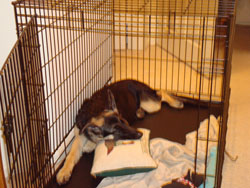
Right, now let's get started on training your pup to love his crate. At first, you don't want to shut your pup in the crate but throw lots of tasty treats inside and let him go get them. DO NOT shut the door on him. In fact, stand out of the way so that he doesn't become "suspicious" or worried about going inside. Be patient, and wait for him to go in on his own accord.
If your puppy really doesn't want to go anywhere near the crate, you can try placing a trail of treats up to it and then, once he is comfortable being near it, throw the treats inside.
Once your pup has started to go inside, let him eat all the treats that you've thrown inside. While he's still there, drop some more treats. Now repeat this multiple times until your pup is waiting inside the crate for more treats to be thrown in.
At this point you should end the training session and start up again after about half an hour break. It is very important to go slowly when crate training a puppy.
Start this Session After Half Hour Break.
When you start the next training session begin where you left off by throwing some treats inside. Do this a couple of times. Now, wait for him to go inside on his own without you throwing treats in first. Be patient and wait him out. You can try just looking at the crate to get your puppy to focus in that direction but do not say anything yet.
Once your puppy goes inside on his own, throw loads of treats in after him and praise him heavily. Repeat this at least 5 or 6 times before ending this session. Again, wait for about half an hour before starting another session.
Start this Session After Half Hour Break.
The next step in crate training a puppy is to teach your puppy to associate a word with his crate. If you have already used a word for crate training your puppy that he is not responding to, I would change it now and continue these steps with the new word.
It can be anything you want. I use "in your crate" but it could easily be "kennel up", "place", "crate" or any other word or combination that you want to use. It doesn't matter as long as you are consistent.
Again, start the session where you left off last time by simply looking at the crate and waiting for your pup to go in on his own accord and rewarding heavily. Do this a few times.
The next time he goes in, you're going to use your command word, as your puppy is going into the crate. Not before, and not after but while he is in the process of entering the crate. Again, reward heavily once he is inside and repeat about 5 or 6 times.
At this point you will be saying your word each time your puppy goes into his crate. Your pup will now be starting to associate the name with the action of going into the crate. End the session and give him half an hour break before moving on.
Start this Session After Half Hour Break.
As always with crate training a puppy, start where you left off. Wait for your pup to go inside the crate and say your word as he goes in. Do this a couple of times.
Now, you're going to move on and say your word BEFORE he goes inside. If he goes in reward heavily. Throw loads of treats in the crate and tell him how clever he is. Repeat this 4 or 5 times before ending the session.
Closing the Door
When Crate Training a Puppy
Up until this point, you haven't even tried to close the door with him inside. Right? This is important as you want to get him to absolutely love going inside the crate and not be scared or worried about the door. Once he's got that, you should be ready to start closing the door.
Start the session as you left off but this time close the crate door for a few seconds while he is still eating the last treats you threw in. Open the crate door and let him out before he is done eating. Repeat about 3 or 4 times.
The next step is to start gradually increasing the time the door is shut, with your pup inside of course. We are talking seconds and not minutes so it is really slow. Drop some treats into the crate while the door is shut to get him to happily stay put.
Do not walk away and leave him at this point. Adding a favorite toy or a stuffed Kong will keep him occupied. It will also help speed up the process of crate training your puppy if you feed meals in the crate.
I can't stress this point enough, keep this part of the exercise slow. If your dog whines while the door is shut you have gone too quickly. Don't allow your pup out of the crate if he whines or barks. You're going to have to wait until he is quiet before opening the door or you have taught him to whine/bark while in the crate to be let out. Definitely not what you want.
Repeat this phase of crate training until your pup is happily, and quietly, waiting in his crate for about 1 minute. Now, you are going to start leaving the room - again, start slowly. The first time you are only going to leave the room for 1 second and then immediately come back in and open the door to let him out.
The next time you do this go for 2 seconds, then 3, 4, etc., etc., until you can confidently leave him in his crate without whining or barking. As you increase the time make sure you are leaving your puppy with a nice toy or chew to keep him happy. Once you are leaving the room for about 10 minutes you can move on to leaving the house.
When you leave the house the first time only be a few minutes, in fact, either wait outside or go round the house and back in. Again, gradually increase the time until you can leave him for hours at a time dependent on his age. A young pup cannot hold their bladder for too long.
See House Training a Puppy for a guide to how long your puppy can hold his bladder.
No matter what your dog's age, you shouldn't leave him all day in a crate. If you have to regularly leave him in a crate (for hours) then get a bigger one so he has some room to move around.
Crate Training a Puppy - Wrap Up
Once your pup is about a year old, if you choose, you can start to leave the crate door open when you leave the house. Of course, it's entirely up to you whether or not you leave your dog with the run of your home when you're not there. But if you've taken the time to go through these steps when he is a pup, then you should feel confident that you won't come home to chaos and destruction even if he's no longer in a crate.
Both my dogs were crated trained as puppies and they have the complete run of our house when we are out. As they watch us get ready to leave, they both go to their beds and that's where I find them when I return. Follow these tips on crate training a puppy and your dog should grow up to be trustworthy when you leave them alone.
Click Here for a guide as to how long your puppy can hold his bladder.
